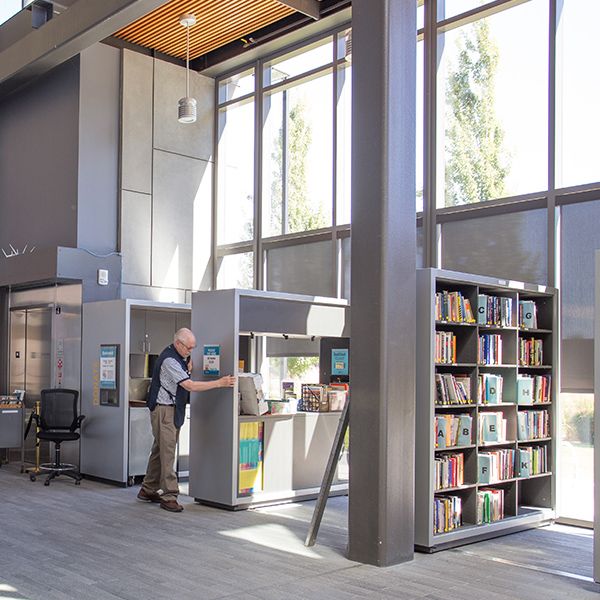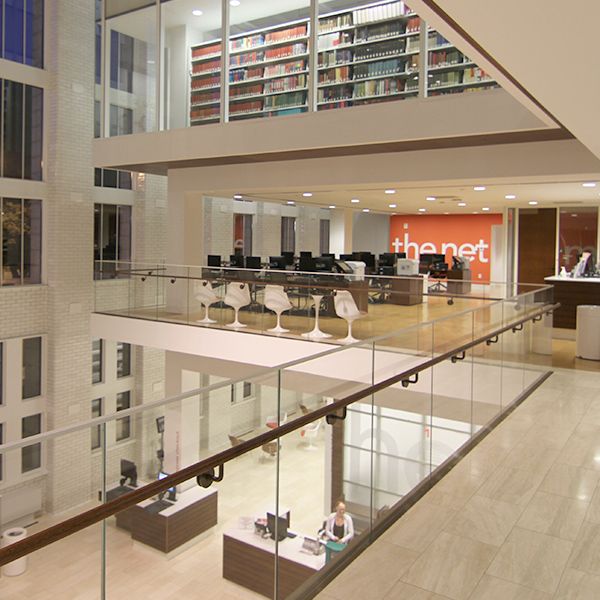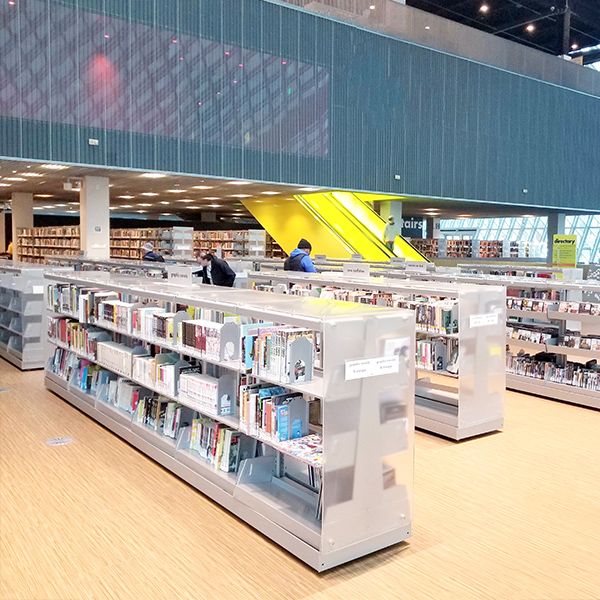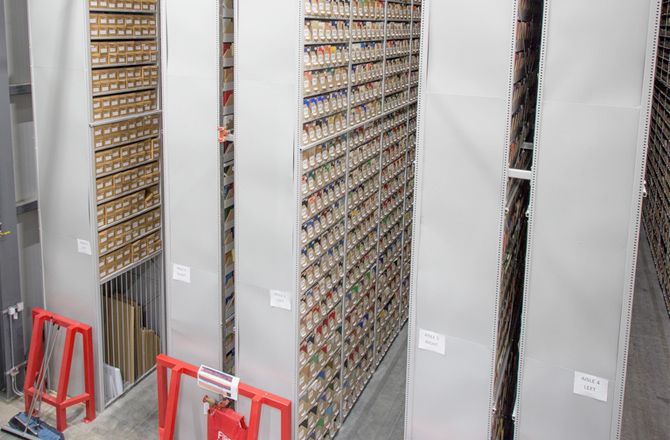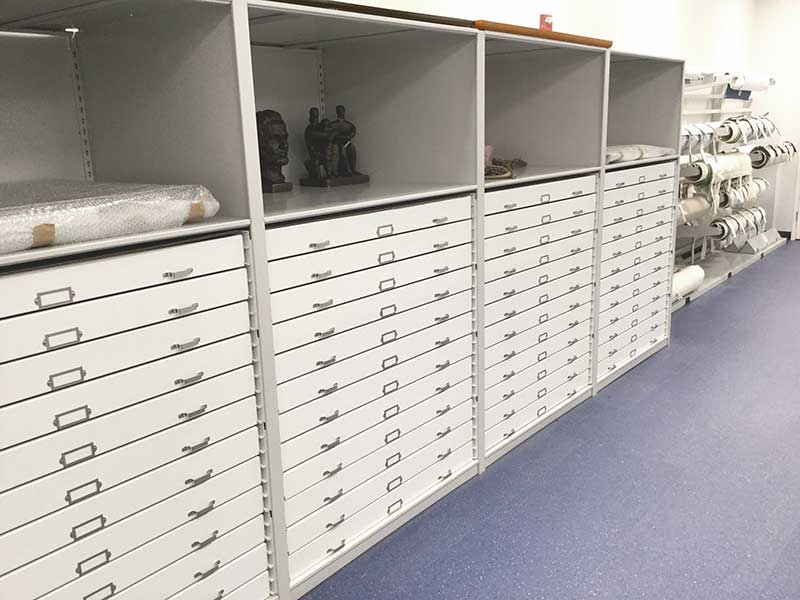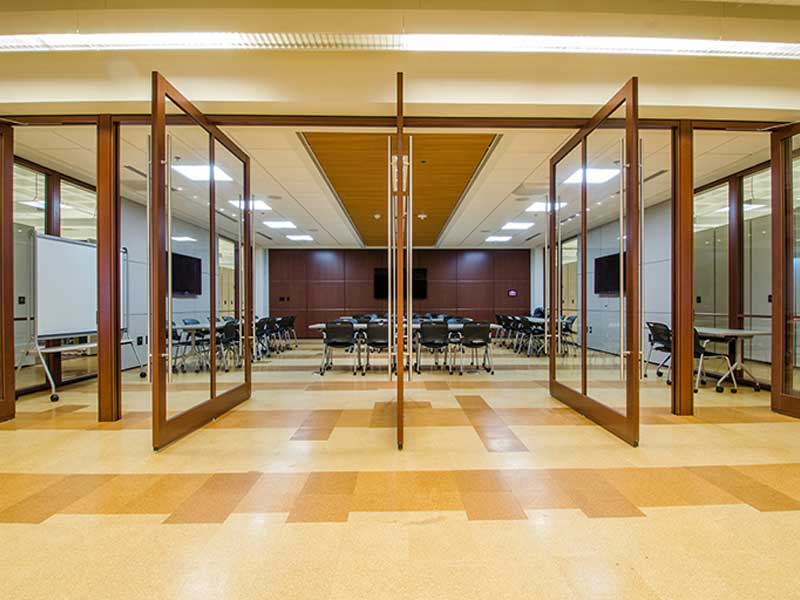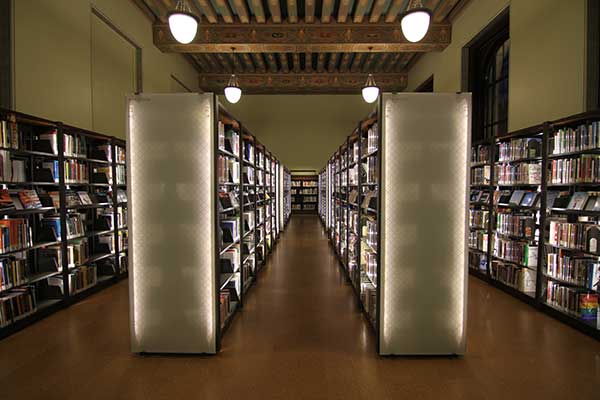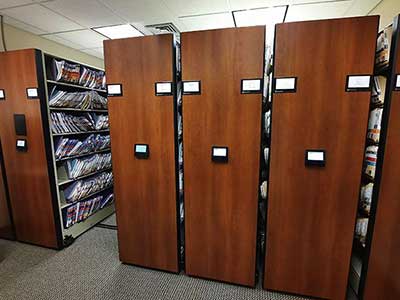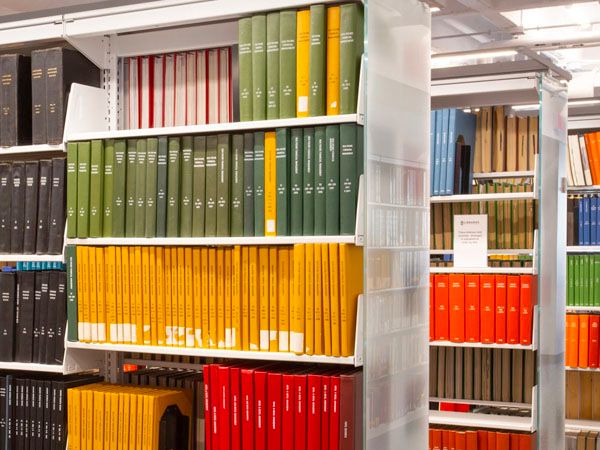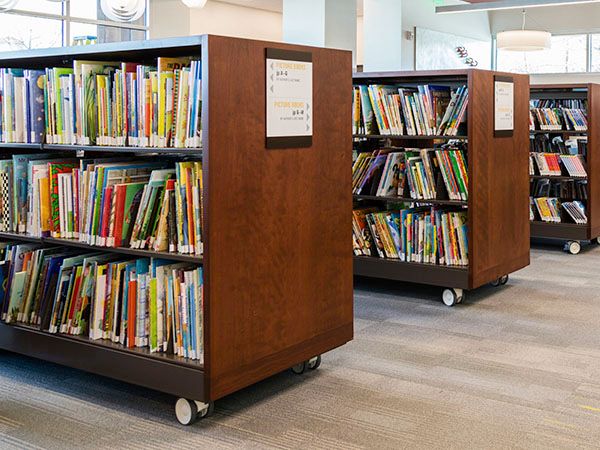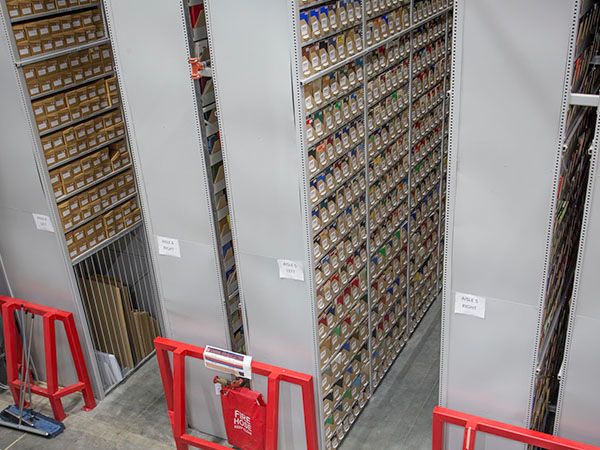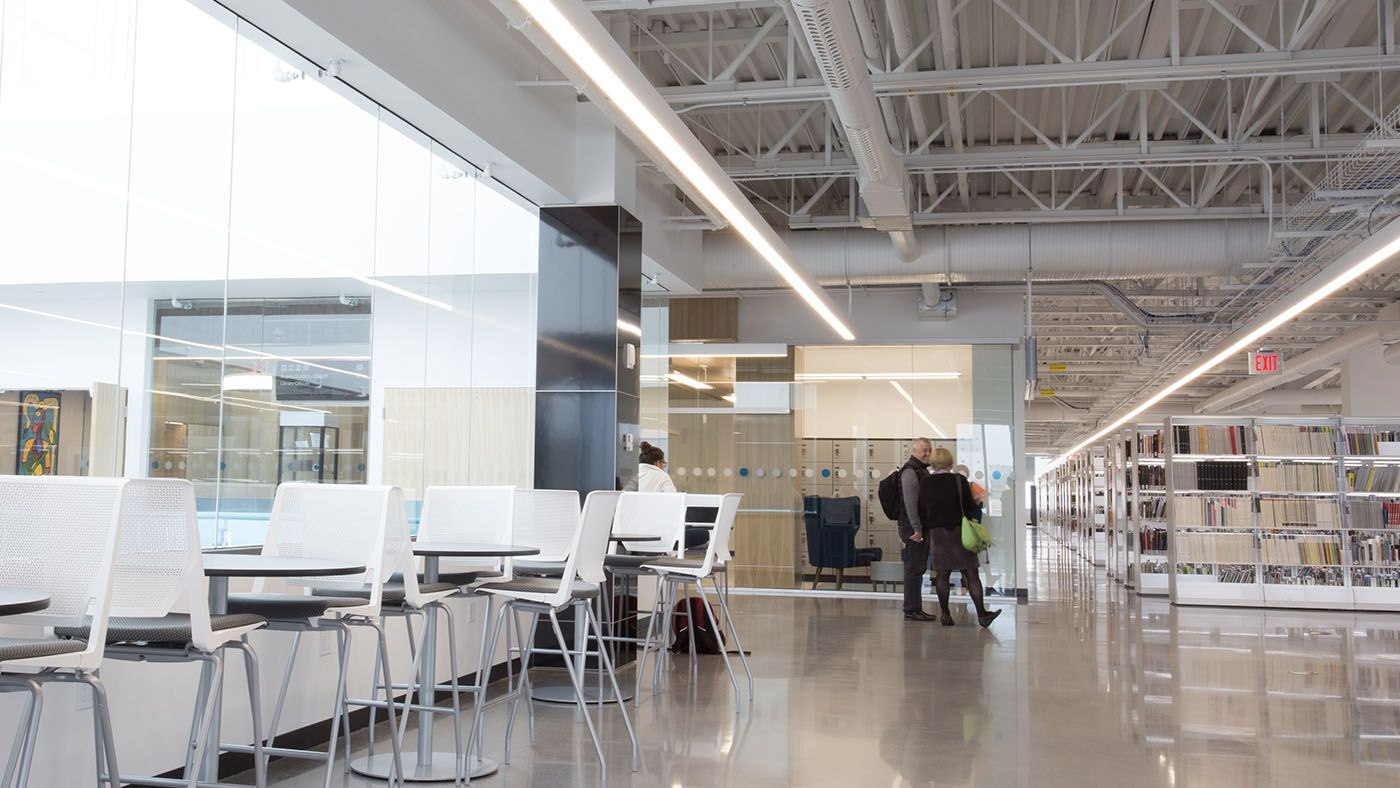
Libraries
Let the Transformation Begin
A library is a place for people to transform themselves and their community. It's a place where an entrepreneur can take an idea from a dream to a business plan, groups can host lively discussions, and students can study and collaborate. Perhaps most importantly, it's a place where patrons can access the vast amount of information that's available in our modern world.
Once in a great while, a library itself is transformed. No longer the quiet spaces they were 20 years ago, libraries are evolving to maintain their relevancy in the community. Books are still the main draw for many, but there also are events, technology, makerspaces, and more to consider. Libraries are a hub of activity and must offer a balance between traditional materials and the contemporary amenities patrons want. Flexibility and adaptability are paramount within these environments; spaces that can adapt readily and easily to help libraries meet users’ changing needs.
Library Design
Because a well-designed library supports and reinforces its mission, library storage solutions are one of the primary considerations as the planning process begins.
Library Transformations
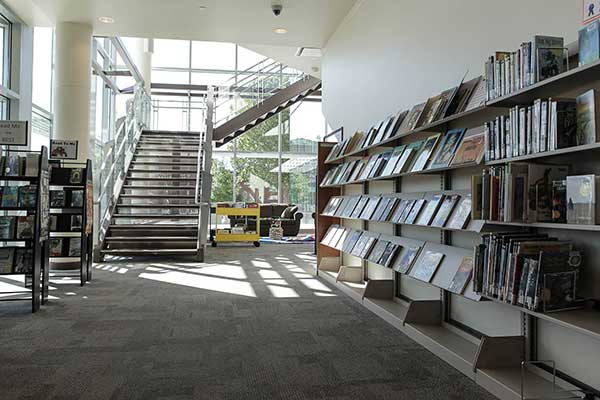
Get inspired by photos and case studies from campuses that have already been transformed.
Renovate Library Space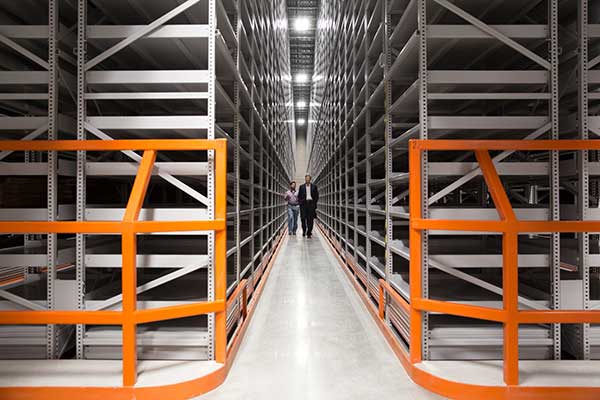
Design a new high-bay facility that stands for more than "just a warehouse."
Designing Off-Site Facility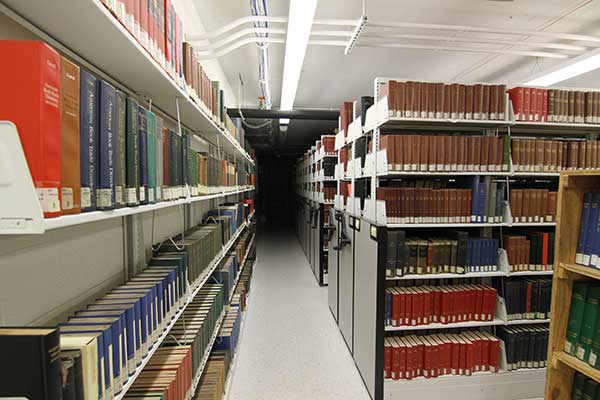
Is your campus ready for the transformation that a new high-bay facility will bring?
Establishing the Foundation
Get the tools you need to get started. This section includes BIM models, case studies, and more.
Resources for Architects
Our nationwide network of local consultants and in-house design experts deliver the best solutions for your space.
Design Consultants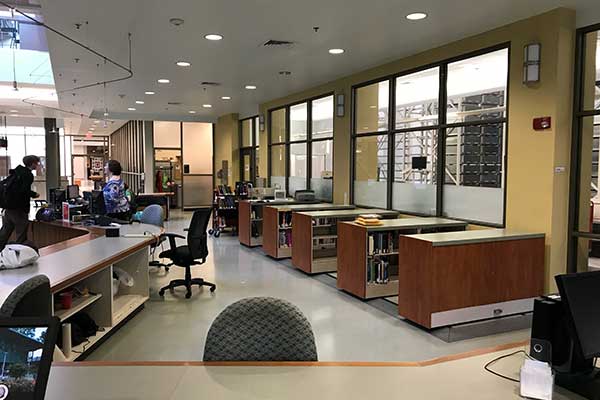
Through strategic planning, universities can modernize their libraries while creating space to foster innovation.
Planning High-Bay ProjectsLibrary Shelving & Beyond
Proper storage and accessories can boost circulation numbers, protect rare volumes, and even free up floor space for new purposes. From cantilever shelving to archival storage – Spacesaver has the solution.
Get Inspiration On Library Storage Solutions
Acquiring Funding
As you consider funding for your project, keep in mind that contracts can offer a powerful purchasing option. Contracts are systems that allow government, education, non-profit, and other organizations to save time and money when purchasing approved vendors’ products. Most libraries and archives in the U.S. and Canada can purchase Spacesaver products at a deep discount by using Sourcewell, OMNIA Partners, and/or state contracts.

Transforming Libraries Course
Transforming Libraries Course

Local Teams, Strong Expertise
Renovating, expanding, or building a library is an exciting and vitally important task, but it can also be a daunting one. It doesn't have to be: While this might be the first time your community, school library, or university has undertaken such an effort, the Spacesaver team has spent more than 50 years perfecting the art of space transformation in libraries and other work environments. Our extensive network of local distributors, backed by the strength of our engineering and manufacturing teams, are here to help at every step along the way. We look forward to working with you to design a storage solution that supports your vision and fulfills your library's mission.
